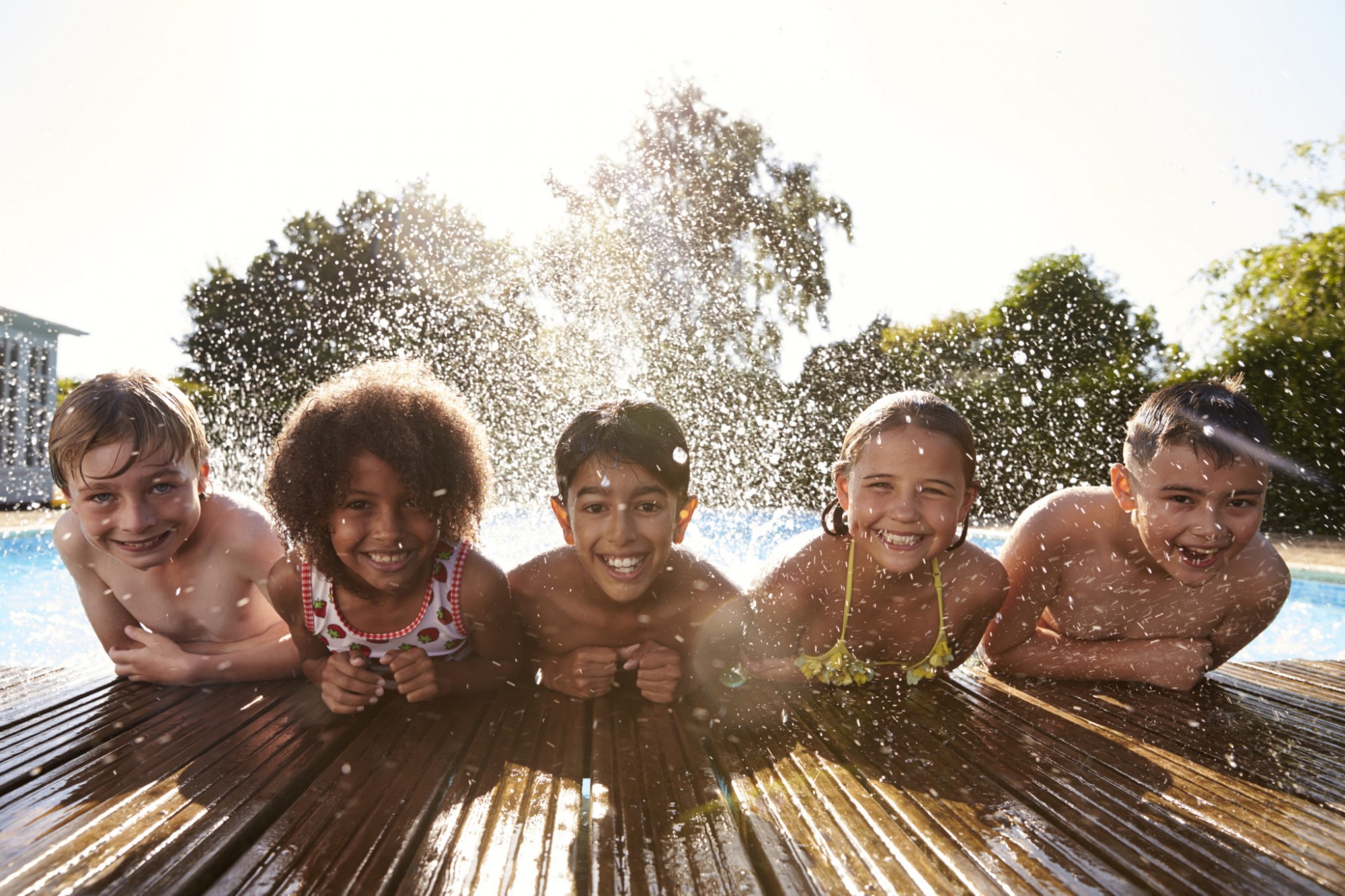Summer Weather Water Safety Tips
June 6, 2019


Water Safety
The Rise in Near-Drowning Incidents
Columbus, Ohio—A recent analysis of the number of children treated in emergency departments for near-drowning incidents has officials at the Ohio Department of Health (ODH) emphasizing the need for safe water practices.
ODH tracks near-drowning incidents, which are reported to the state agency by emergency department personnel on a daily basis. The emergency department data show a clear seasonal trend in near-drowning incidents from the months of May-August (please see attached file). Children and youth are at an increased risk for drowning during these summer months. Parents should closely monitor their children’s play during water activities.
ODH also monitors death certificates to ascertain the number of drowning deaths. In 2012 in Ohio, 29 children and 69 adults died from drowning, according to preliminary ODH death certificate data.
“Playing in the water is an excellent way to have fun and get exercise,” said Dr. Ted Wymyslo, Director of the Ohio Department of Health. “However, water can be dangerous. Respecting the risks water poses is the best way to keep our families safe.”
While children can drown in water anywhere, young children (aged 1 to 9) are at greater risk of drowning in swimming pools while older youth (aged 10 to 19) are at greater risk of drowning in natural bodies of water and is the second leading cause of death in children aged 0-4 according to the CDC.
Learn CPR.
Learn cardiopulmonary resuscitation (CPR) and get recertified every two years. Immediate CPR can help a child stay alive and reduce the chance of brain damage.
Install drain covers and safety releases.
To avoid drain entanglement and entrapment in pools and spas, install anti-entrapment drain covers and safety vacuum release systems.
Fence it off.
Install a four–sided isolation fence, with self–closing and self–latching gates, around backyard swimming pools. This can help keep children away from the area when a parent cannot supervise them. Pool fences should completely separate the house and play area from the pool. If children can gain access to pools through the house or poorly-latched gates, they are at risk of drowning. Door alarms, pool alarms, and automatic pool covers can add an extra layer of protection when used properly, but should not replace a fence and good supervision.
Never swim alone
Always have a buddy with you when you swim. It is also good to have a watch buddy as well in the event someone needs to contact emergency personnel.
Be on the lookout.
Supervise young children at all times around bathtubs, swimming pools, ponds, lakes, and other bodies of water. Partner with other parents to take turns watching children at swimming pools. While parents often believe they will hear splashing or shouting, drowning is often silent and occurs quickly.
Begin teaching children to swim early
Experts suggest starting swimming lessons after age 4. Also, please note that water safety programs for infants and young children are not a substitute for good supervision.
Make life jackets a “must.”
Make sure all kids wear life jackets (also known as personal flotation devices or PFDs) in and around natural bodies of water, such as lakes, rivers, and ponds, even if they know how to swim. Ohio law requires children under the age of 10 to wear a PFD at all times on boats under 18 feet long, however, older children will be safest when they wear PFDs too.
The PFD must be:
- S. Coast Guard approved Type I, II, III, or V;
- In good and serviceable condition;
- Of appropriate size;
- Securely attached.
« Back to News
